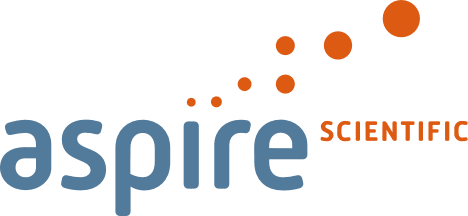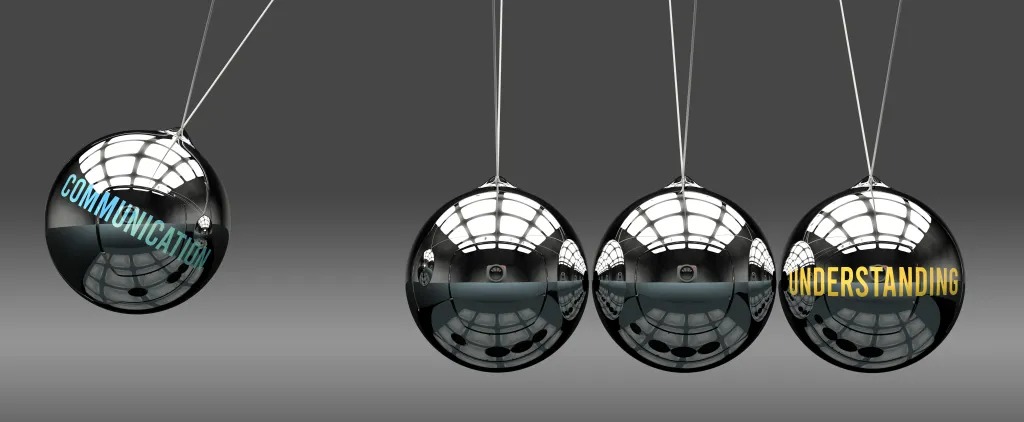The Medical Affairs Professional Society (MAPS) 2024 EMEA Annual Meeting took place in Madrid from 12–14 May. Attendees at the largest medical affairs meeting in Europe had the chance to participate in an interactive programme that explored the meeting’s theme ‘From Action to Impact’ to identify where medical affairs professionals can translate actions into meaningful impacts. If you were in Madrid, you can remind yourself of the key themes with our report from Day 1 below. And if you weren’t able to attend this year’s meeting, why not catch up on what you missed?
Summaries of Day 1 (continued)
Strategic incorporation of the patient voice within medical affairs to address patient challenges in the continuum of care
KEY TAKEAWAY
- Actionable patient insights, grounded in evidence, unlock powerful medical affairs strategies and deliverables.
Michelle Sylvanowicz (Bayer AG), Miles Jervis-Denison (ApotheCom), and Isabel Cerdá Marcos (Lundbeck) led this session on the patient voice in medical affairs, incorporating case studies and a breakout group activity.
The concept of patient centricity prioritises patient engagement and communication, leading to deeper real-world insights into the patient journey and ensuring patients have a good understanding of their medications.
Medical affairs is undergoing a crucial shift, placing patients at the centre.
The first step in creating effective and impactful content should be understanding the patient journey. This journey encompasses 5 milestones:
- Awareness and recognition
- Presentation and diagnosis
- Treatment selection
- Ongoing care and access
- Treatment persistency and follow-up
Case study 1: patient-informed development of mental health tools and workplace support in macular degeneration
In the first of two case studies, findings from the Barometer programme in neovascular age-related macular degeneration (nAMD) were presented as a powerful reminder that aiming high and envisioning the ‘bigger picture’ can unlock significant achievements. Success in the Barometer programme was achieved by listening to patient insights and pinpointing areas where interventions could have the greatest impact.
Aiming high and envisioning the ‘bigger picture’ can unlock significant achievements.
To gain a comprehensive understanding of clinical management challenges in nAMD, the Barometer programme launched a global survey, garnering over 14,000 responses from patients, clinicians, and clinic staff. Having identified that patients frequently reported difficulties with wellbeing and mental health, a rapid mental health screening tool was developed and validated, with input from university and hospital colleagues in ophthalmology and psychology. Another insight from the programme was that patients with diabetic and macular oedema often struggle to manage their appointments around their work and life schedules. This led to the development of employer information materials to help employers and support employees living with nAMD. The pack consists of a pamphlet and a doctor’s note explaining the condition and the need for frequent eye appointments.
Case study 2: patient insights into migraine lead to patient-authored publications
A second case study showed the importance of identifying knowledge gaps, building alignment with patients, ensuring transparency and continuous collaboration, and embracing unexpected solutions. The case study examined how an online survey approach was used to gain insights into people’s experiences of migraine and medication overuse headache. Four key areas were covered: lived experience, impact on everyday life, patient experience of diagnosis, and specific focus on medication overuse headache. The survey development was informed by social media listening and desk research, collaboration with commercial and medical stakeholders, and insight generation from patient advocacy groups. This innovative and collaborative approach that placed patients at the centre of the story resulted in two patient-authored congress abstracts, and development of a patient-authored manuscript.
This innovative and collaborative approach that placed patients at the centre of the story resulted in two patient-authored congress abstracts and development of a patient-authored manuscript.
Breakout session: how to achieve deep insights into the patient journey
Inspired by the case studies, the breakout session focused on leveraging evidence-based methods to address obstacles in the patient journey. Each group tackled a specific challenge and proposed a data-driven solution. Discussions emphasised the value of both quantitative and qualitative outputs. To comprehensively understand a disease area, a multifaceted approach was deemed necessary, including collaborating with diverse specialists and going beyond simply asking patients for their opinions.
By observing patients and gaining insights into their daily lives and the impact that their condition has on their experiences, a more holistic understanding can be achieved.
Innovating for impact: engaging your audience using best-practice techniques in scientific content development
KEY TAKEAWAY
- Adopting a clear visual design, interactivity, and a storytelling approach can help create engaging scientific content.
Reflecting on the importance of creating engaging scientific content, Clare Baker (Sobi), Kate Bradford (Alexion), and Carly Taylor (MedComms Experts) led this workshop session to explore key considerations for maximising audience engagement and knowledge retention when developing scientific content. The information overload faced by many HCPs underlined the need for impactful, engaging scientific content.
Designing impactful, engaging scientific content is critical for effective communication.
Visual design
Good visual design can improve structure, clarity, approachability, readability, and engagement. Three key elements of visual design were discussed:
- White space: using white space effectively to surround, separate, or frame visuals and text
- Text hierarchy: applying a hierarchical approach to text to ensure a clear structure and level of priority
- Visual language: designing content with heuristic processing in mind, to help the audience achieve focus
The panel proposed that content should be designed primarily to aid heuristic processing (which relates to the use of simplifying decision rules or mental shortcuts), with the following approaches often effective:
- placing conclusions up front
- using headlines to summarise and introduce information
- using colours and images to communicate, and not to decorate
- adopting a consistent structure.
Interactivity
Introducing interactivity into content can help create adaptive and personalised learning experiences that increase engagement and improve learning and retention. Three factors are key to effective implementation of interactivity:
- The content: build interactive elements to complement the subject matter and delivery format
- Technological constraints: be mindful of device compatibility and accessibility
- The audience: consider the skills, knowledge, and preferences of the target audience
However, you can have too much of a good thing and the importance of not overusing interactivity was highlighted in order to avoid creating unnecessary distractions.
Leveraging interactivity can help create adaptive and personalised learning experiences that increase engagement and improve learning and retention.
Several potential approaches for implementing interactivity were discussed, including:
- non-linear navigation: allows the audience to explore content in their preferred order
- layered content: reveals information gradually to draw attention to specific content
- gamification: engages the audience, encourages reflection and knowledge retention, and can provide useful metrics (eg, through polls and quizzes).
Storytelling
The final section of the workshop explored the rationale for storytelling in scientific communication. Storytelling can help make content more engaging and memorable, as illustrated by evidence from functional magnetic resonance imaging scans demonstrating that hearing a story activates more areas of the brain than hearing facts.
The panel emphasised that ‘storytelling’ should not be considered as ‘bad science’. Communication in medical affairs is built around the ability to share data. To do this requires that facts are collected, interpreted, and given meaning, which is a process synonymous with building a story. The panel proposed applying the ‘And, But, Therefore’ storytelling framework in scientific communications:
- And: provides the necessary facts and context for the audience to comprehend the problem.
- But: presents the problem.
- Therefore: provides the solution, action, or consequence.
The session concluded by highlighting the 3 considerations that are paramount for scientific storytelling: what your objective is, who your audience is, and what information they need.
The 3 considerations for scientific storytelling are what your objective is, who your audience is, and what information they need.
Written as part of a Media Partnership between ISMPP and The Publication Plan, by Aspire Scientific, an independent medical writing agency led by experienced editorial team members and dedicated, industry experts who will deliver medical writing and communications excellence.







